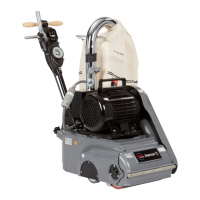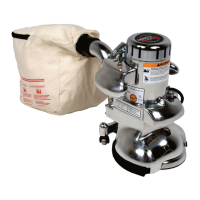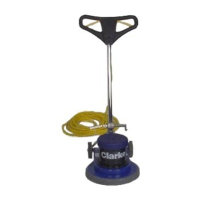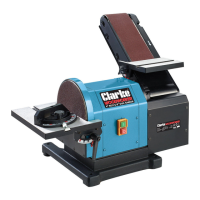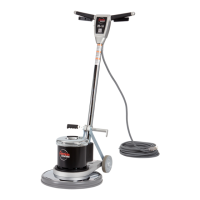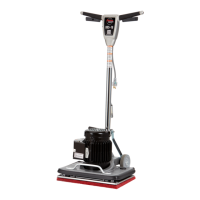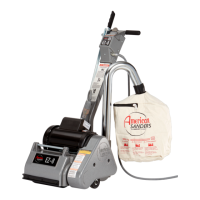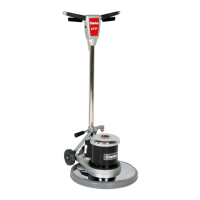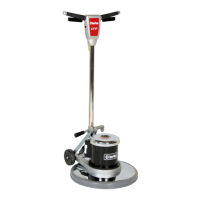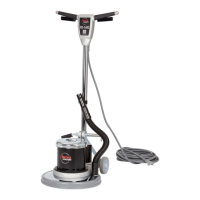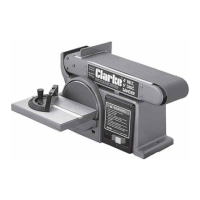Part No. LT069100 3/14
READ THIS BOOK
This book has important information for the use and safe operation of this machine. Failure to read this
book prior to operating or attempting any service or maintenance procedure to your Clarke American
Sanders machine could result in injury to you or to other personnel; damage to the machine or to
other property could occur as well. You must have training in the operation of this machine before
using it. If operator(s) cannot read this manual, have it explained fully before attempting to operate
this machine.
Si Ud. o sus operadores no pueden leer el Inglés, se hagan explicar este manual completamente
antes de tratar el manejo o servicio de esta máquina.
All directions given in this book are as seen from the operator’s position at the rear of the machine.
American 12
Operator's Manual and Parts List
Active Models: 07001A, 07108A
Obsolete Models: 07044C, 07120A, 07049C, 07109A
